
From local inspiration to global innovation
Our team of expert scientists focus on addressing global challenges, as well as adapting to local specifications and requirements throughout the world.

How do raindrops behave when they hit windmills?
If this question has ever occurred to you, there’s a good chance you might have a bright future in Jotun’s R&D department.
That’s because a lot of what drives our research initiatives are practical, customer-driven problems that require solutions. We have protected property since the very beginning back in 1926 and keep battling the elements and forces of nature – in a larger and larger part of the world.
If Jotun is to keep on growing and developing further, we depend on continuous recruitment of sharp and curious minds. In return, they gain access to a set of possibilities few other industrial companies can offer.
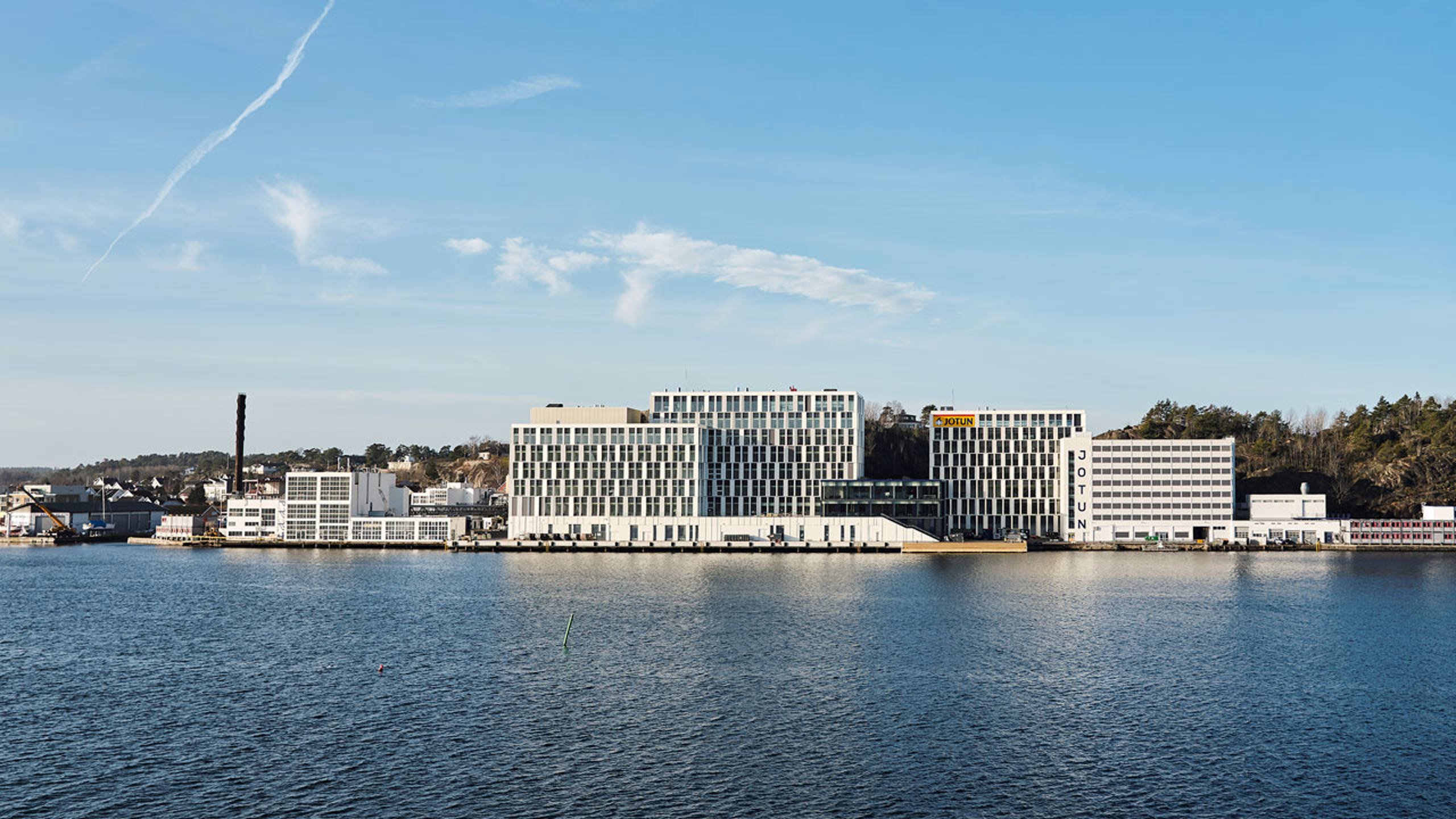
The heart of Jotun’s R&D lies in the new research centre located in Sandefjord, Norway. Opened in 2020, this state-of-the-art facility houses 270 scientists and supports the 250 'penguins' working in Jotun’s regional R&D facilities around the globe.
The centre is home to a full range of specialised equipment, making it one of the most advanced private laboratories in Northern Europe. Here, we have testing and research equipment such as electron microscopes, 3D printers, heavy centrifuges, heating furnaces and seawater test tanks.
However, Jotun R&D Director Christer L Opstad believes these facts only tell part of the story about what makes Jotun R&D special.
“Our lab is not one-dimensional, it’s a dynamic workplace with a variety of tasks, commercial and cultural challenges, and lots of opportunities to grow, develop and move on to different roles and challenges within Jotun,” Opstad said.
In fact, many who contribute to the department never step foot inside a lab. They may work on computers or out in the field, getting their hands dirty. Fieldwork is vital to the R&D operations because we need to see what it’s like in the environments where our products will be used.
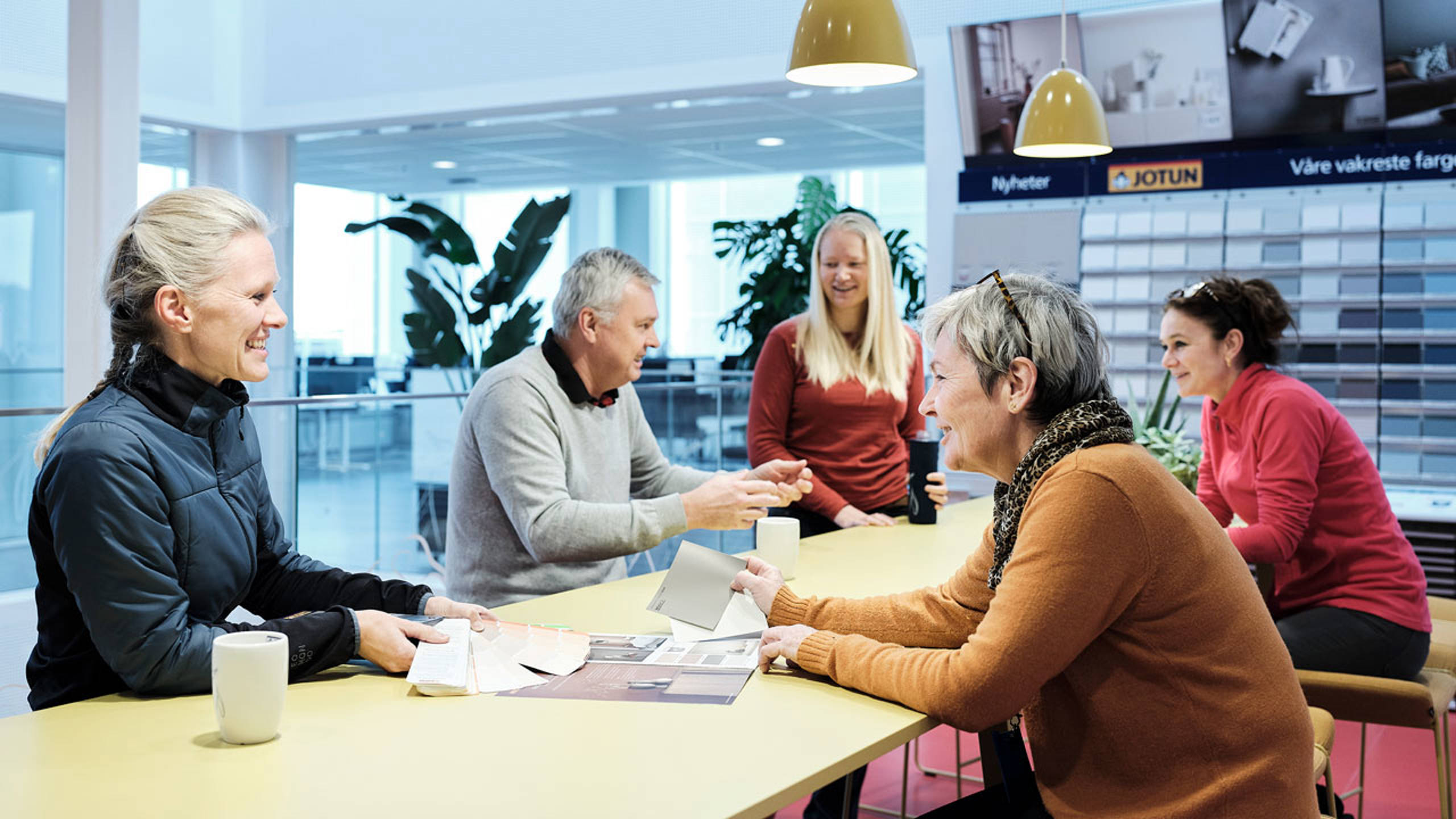
After almost a century at the forefront of innovation in the paints and coatings industry, Jotun still offers many exciting career possibilities for keen and curious scientists. Opstad believes a career in Jotun R&D can be as varied or singularly focused as anyone would like it to be.
“You can stay in the same place for 30 years if that’s what you prefer. For example, we have team members who have long experience and are subject matter experts to such an extent that they are amongst the top-ranking patent holders in Norway,” he said.
“Or you can move around and try new things. Many people try different roles and areas of work within our R&D department. In addition, some move on to positions in other Jotun areas such as sales and marketing.”
One of the foundations of Jotun R&D is diversity. That means not just demographic diversity but also diversity in how people think and solve problems.
“We strongly encourage a practice that I like to call positive conflict. That means challenging each other’s existing assumptions and notions. There aren’t many successful innovative solutions that have come from a team where everyone agrees on everything from the start,” Opstad explains.
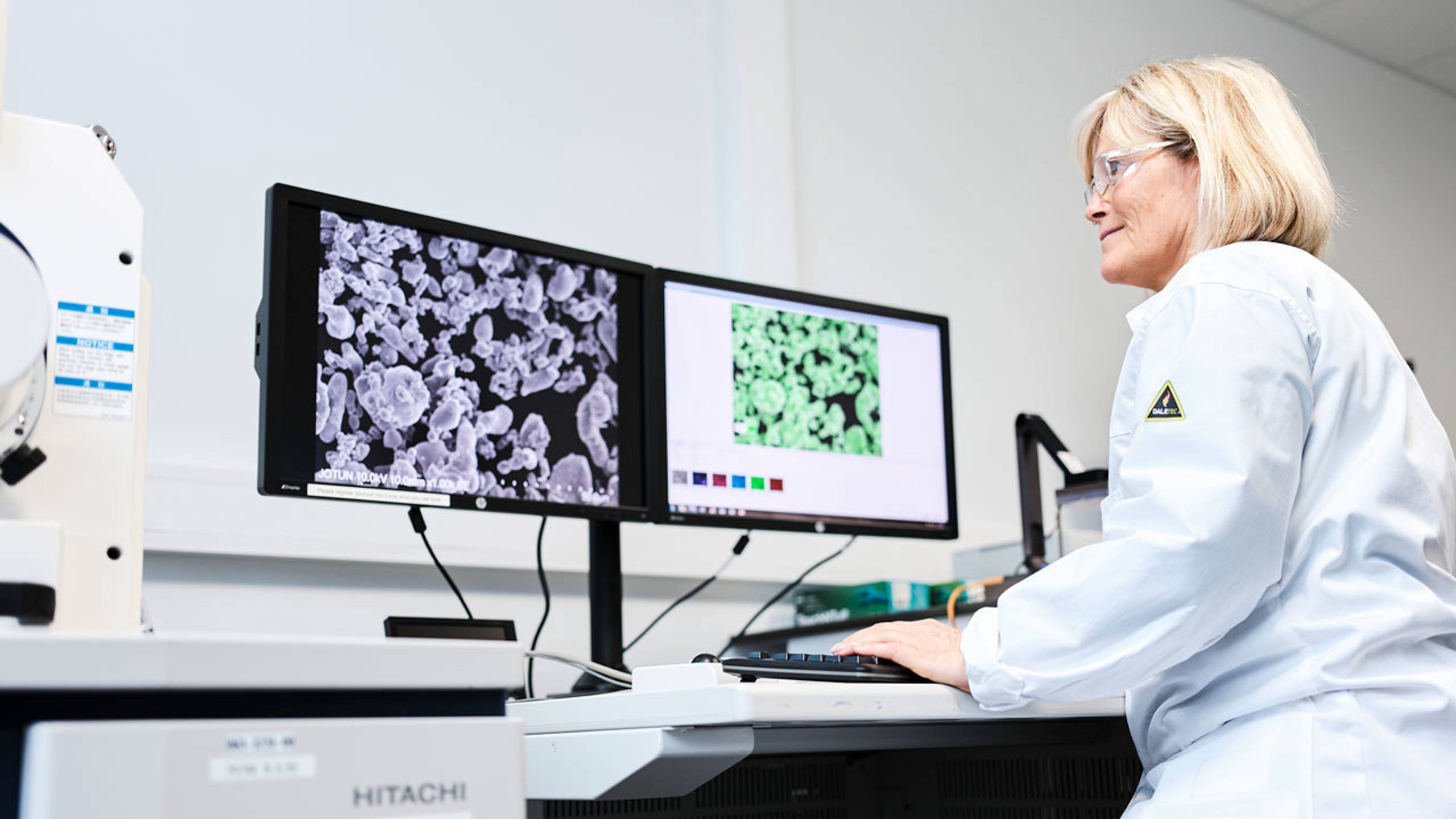
One thing everyone can agree upon is the shared goal behind Jotun R&D; to help Jotun live up to our mission of protecting property. The driving force behind the work done by the R&D team involves advancing the technology towards what’s important for the customers and the environment alike.
“Sustainability has become increasingly important for everything we do at Jotun R&D,” Opstad said.
“We believe developing good sustainable solutions will be instrumental in maintaining our competitive edge.”

Our team of expert scientists focus on addressing global challenges, as well as adapting to local specifications and requirements throughout the world.
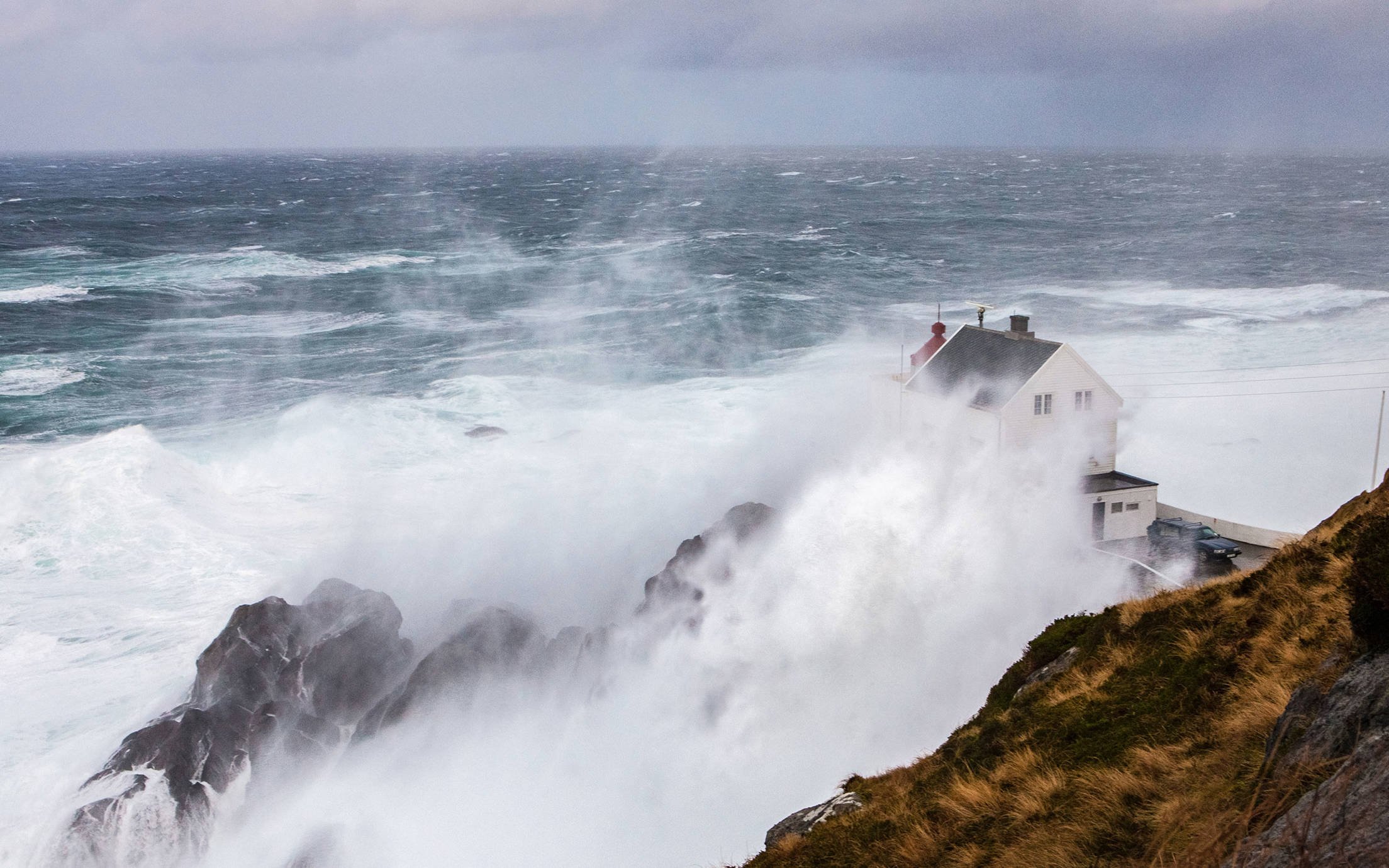
We rigorously test our products under the most extreme conditions to make sure that our paints and coatings protect property in any environment.
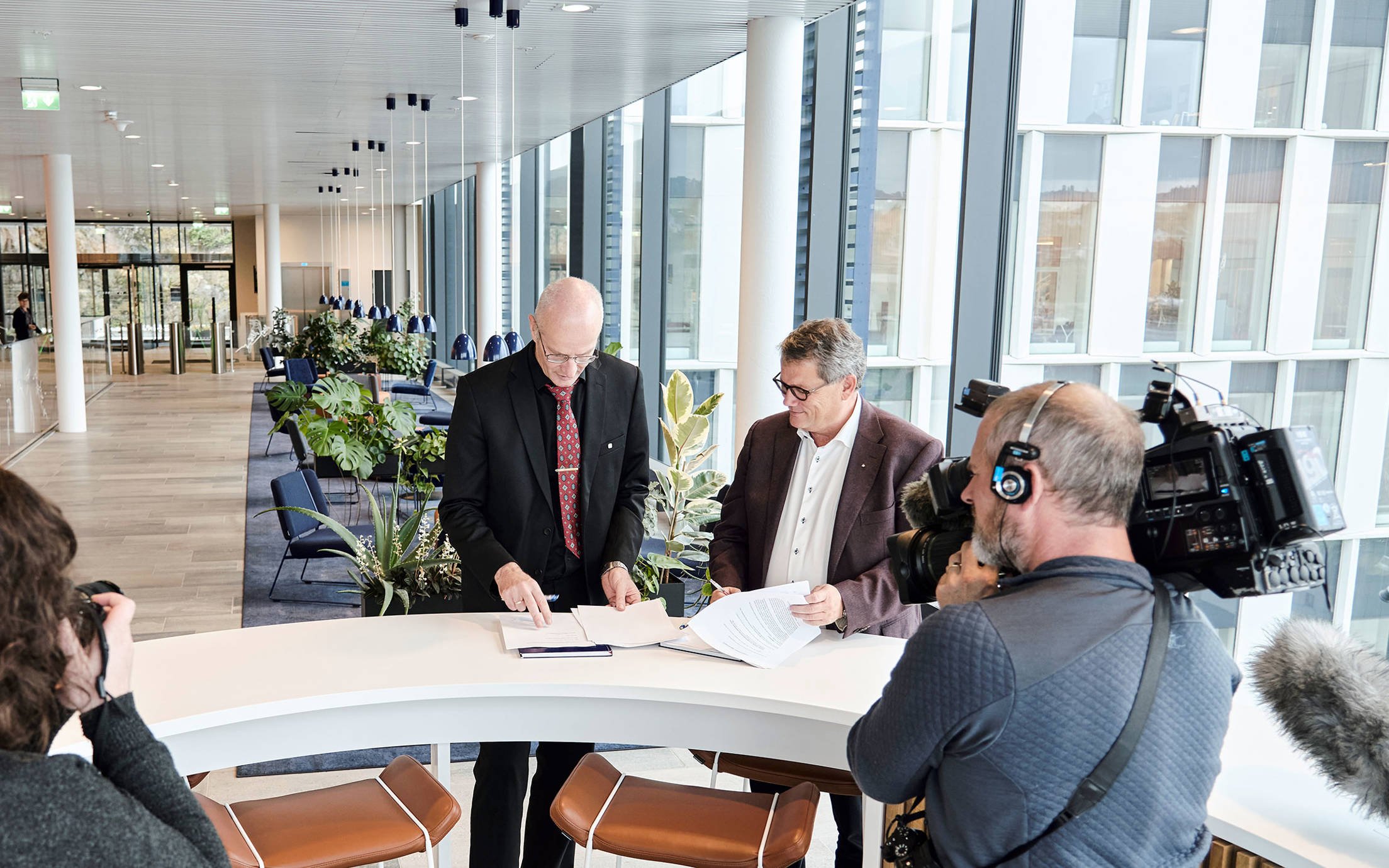
To share and develop knowledge, understanding and technology – as well as enable world leading and sustainable products and solutions – we join forces with academia and external partners.
A video is being shown
An image is being displayed
A brochure is being displayed